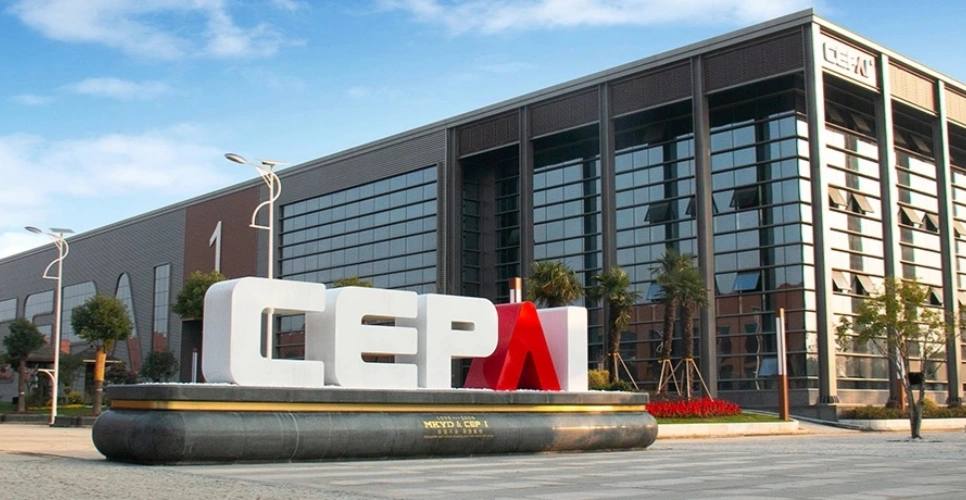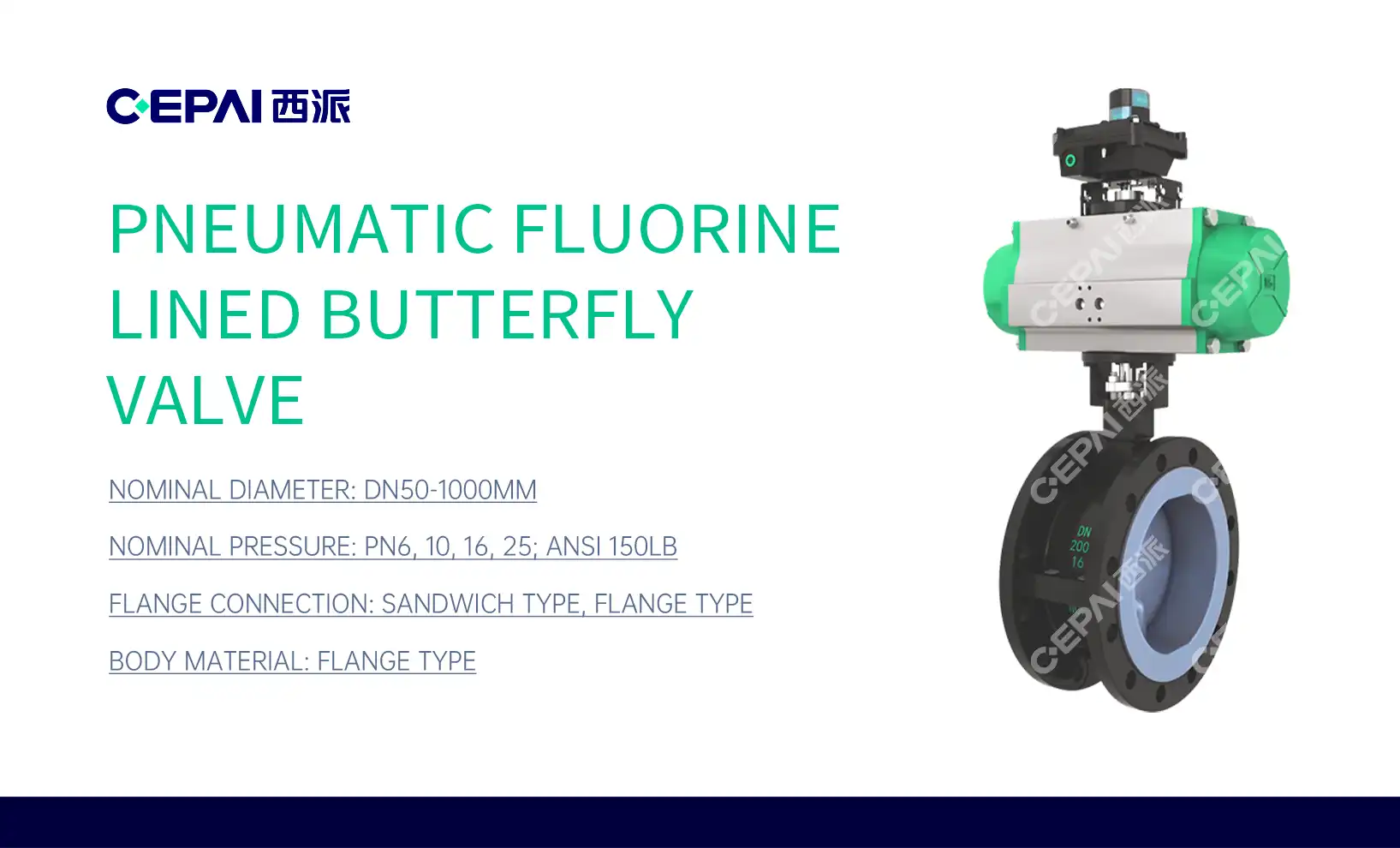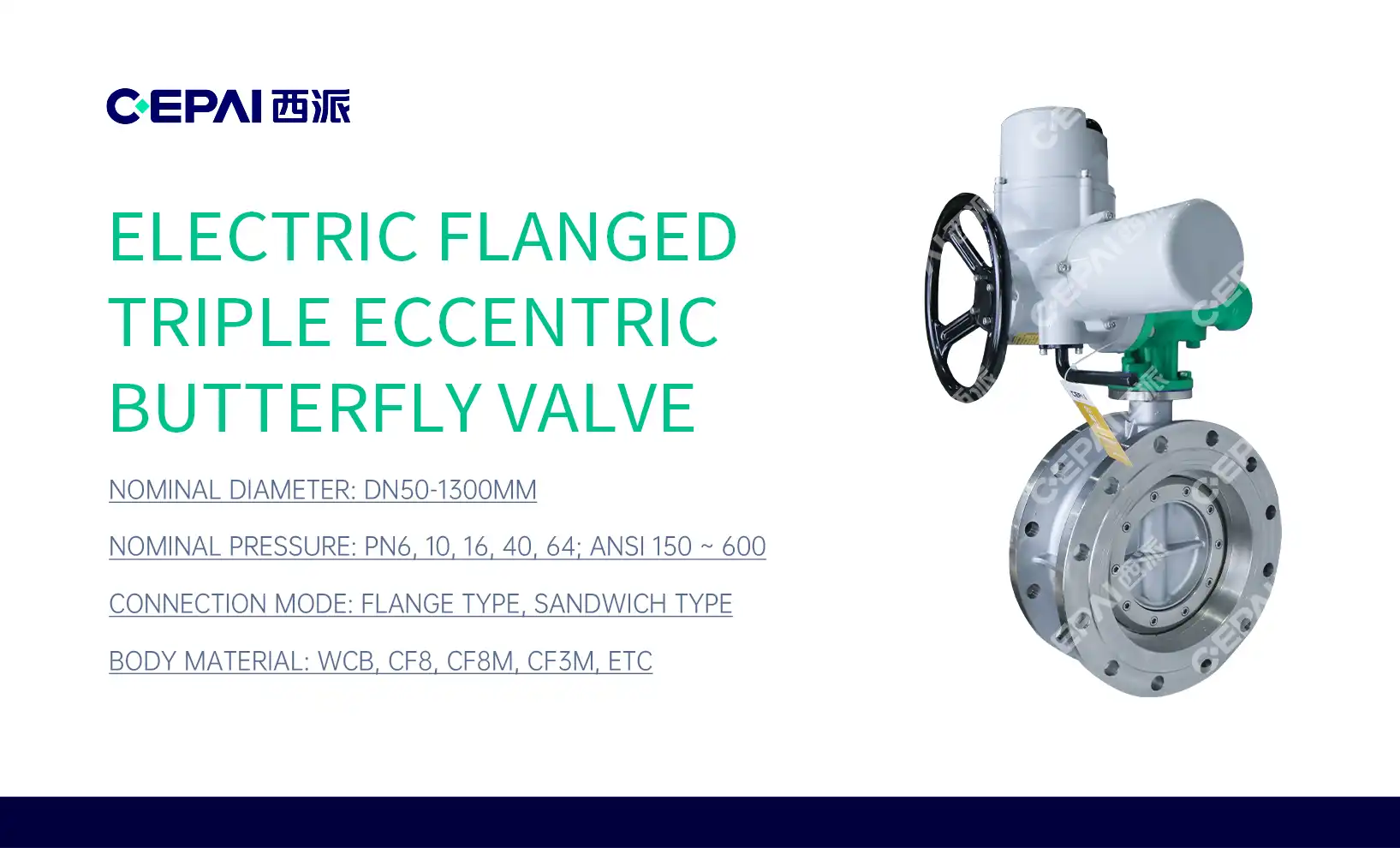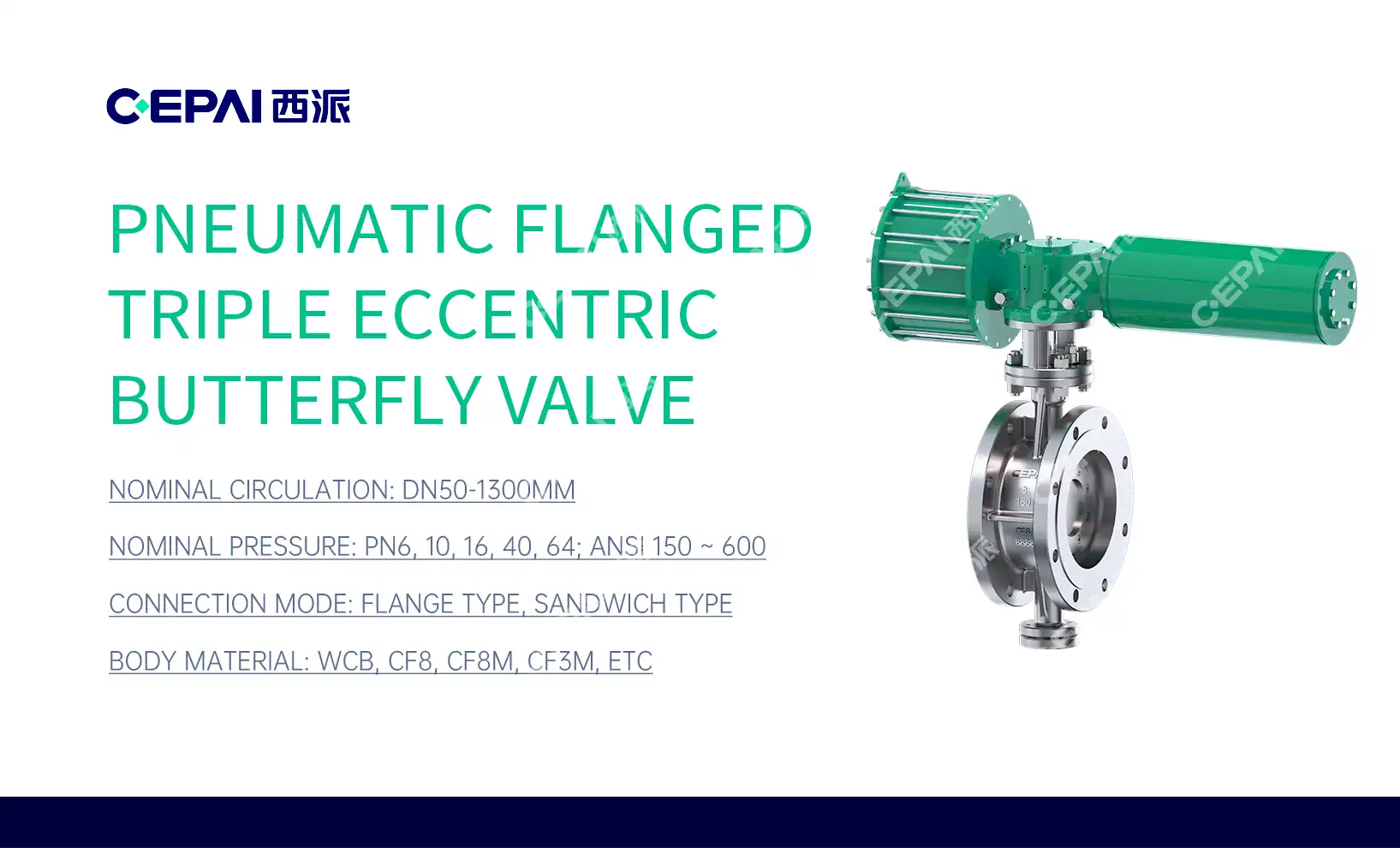Market Dynamics Influencing Stainless Steel Ball Valve Prices
Raw Material Costs and Supply Chain Factors
The price of stainless steel ball valves is heavily influenced by the cost of raw materials, particularly stainless steel. In 2025, the steel industry is undergoing significant changes. Technological advancements in steel production, such as the adoption of hydrogen-based reduction processes, are becoming more widespread. These innovations aim to reduce carbon emissions and improve efficiency, potentially leading to more stable raw material costs.
However, geopolitical tensions and trade policies continue to impact the global supply chain. Tariffs and import restrictions on steel products in certain regions may create price volatility. Additionally, the increasing focus on sustainable sourcing and ethical production practices could lead to higher costs for responsibly produced stainless steel, which may be reflected in the final price of ball valves.
Technological Advancements in Valve Manufacturing
The valve industry is witnessing rapid technological evolution. Advanced manufacturing techniques, such as 3D printing and precision CNC machining, are becoming more prevalent in the production of stainless steel ball valves. These technologies offer benefits like reduced material waste, improved design flexibility, and enhanced quality control. While initial implementation costs may be high, they are expected to lead to more efficient production processes and potentially lower manufacturing costs in the long run.
Moreover, the integration of smart technologies into valve designs is gaining traction. Features like remote monitoring, predictive maintenance capabilities, and IoT connectivity are becoming standard in high-end stainless steel ball valves. These advancements add value to the products but also contribute to higher price points for technologically advanced models.
Global Demand and Industry-Specific Requirements
The demand for stainless steel ball valves is closely tied to the growth of industries such as oil and gas, chemical processing, and water treatment. As these sectors expand and modernize their infrastructure, particularly in emerging economies, the demand for high-quality valves is expected to rise. This increased demand could potentially drive up prices, especially for specialized or high-performance ball valves.
Furthermore, stringent industry regulations and standards, particularly in sectors like pharmaceuticals and food processing, necessitate the use of high-grade stainless steel and advanced valve designs. Compliance with these standards often requires additional testing, certification, and quality assurance measures, which can contribute to higher production costs and, consequently, higher prices for end-users.
Factors Affecting Stainless Steel Ball Valve Pricing Strategies
Competition and Market Saturation
The stainless steel ball valve market is characterized by intense competition, with numerous manufacturers vying for market share. This competitive landscape plays a significant role in pricing strategies. In 2025, established companies are facing increasing pressure from new entrants, particularly from regions with lower production costs. This heightened competition may lead to price wars in certain market segments, potentially benefiting consumers but challenging profit margins for manufacturers.
However, the market is also experiencing a trend towards consolidation, with larger companies acquiring smaller, specialized valve manufacturers. This consolidation could potentially reduce competition in certain niche markets, allowing for more stable pricing structures. Companies that can differentiate themselves through unique features, superior quality, or exceptional service may be able to maintain higher price points despite market pressures.
Energy Efficiency and Sustainability Considerations
As global efforts to combat climate change intensify, there is growing demand for energy-efficient and sustainable industrial components, including ball valves. Manufacturers investing in eco-friendly production methods and developing valves with lower environmental impact may be able to command premium prices. This trend is particularly evident in industries with strict environmental regulations or those prioritizing green initiatives.
The development of low-emission sealing technologies and the use of recycled materials in valve production are examples of sustainability-focused innovations. While these advancements may initially increase production costs, they can also create opportunities for product differentiation and value-based pricing strategies. Companies that successfully market their stainless steel ball valves as part of a broader sustainability solution may find customers willing to pay more for these environmentally conscious options.
Customization and Value-Added Services
The trend toward customization in industrial components continues to grow in 2025. Many end-users are seeking stainless steel ball valves tailored to their specific applications, which often involve unique pressure ratings, temperature requirements, or chemical compatibility needs. This ongoing shift toward customization allows manufacturers to offer higher-priced, specialized products that meet precise customer specifications.
Additionally, value-added services such as on-site installation, maintenance contracts, and comprehensive technical support are becoming increasingly important in the valve industry. These services not only enhance the overall value proposition but also provide opportunities for manufacturers to implement tiered pricing strategies. By bundling products with services, companies can justify higher prices while fostering long-term customer relationships and recurring revenue streams.
Future Outlook and Price Projections for Stainless Steel Ball Valves
Emerging Technologies and Their Impact on Pricing
In 2025, several emerging technologies are influencing the pricing of stainless steel ball valves. Artificial intelligence and machine learning algorithms are being integrated into valve design processes, enabling more efficient and cost-effective production. These technologies optimize material usage, reduce design flaws, and streamline testing procedures, helping to mitigate rising production costs.
Nanotechnology is another area of innovation that may impact valve pricing. The development of nanocoatings and nanocomposites could enhance the durability and performance of stainless steel ball valves, potentially extending their lifespan and reducing long-term costs for end-users. While these advanced materials may initially increase production expenses, they could lead to premium pricing opportunities for manufacturers offering superior product longevity and performance.
Geopolitical Factors and Regional Price Variations
The global nature of the stainless steel ball valve market means that geopolitical events and regional economic conditions will continue to play a significant role in pricing. Trade agreements, tariff changes, and shifts in international relations can quickly impact the cost of raw materials and finished products. In 2025, manufacturers and buyers alike will need to closely monitor these factors to anticipate potential price fluctuations.
Regional differences in labor costs, energy prices, and regulatory environments will likely lead to variations in stainless steel ball valve pricing across different markets. Manufacturers may adopt region-specific pricing strategies to remain competitive while maintaining profitability. This could result in price disparities for similar products in different parts of the world, creating opportunities for savvy buyers to source valves from the most cost-effective regions, while also presenting challenges for global pricing consistency.
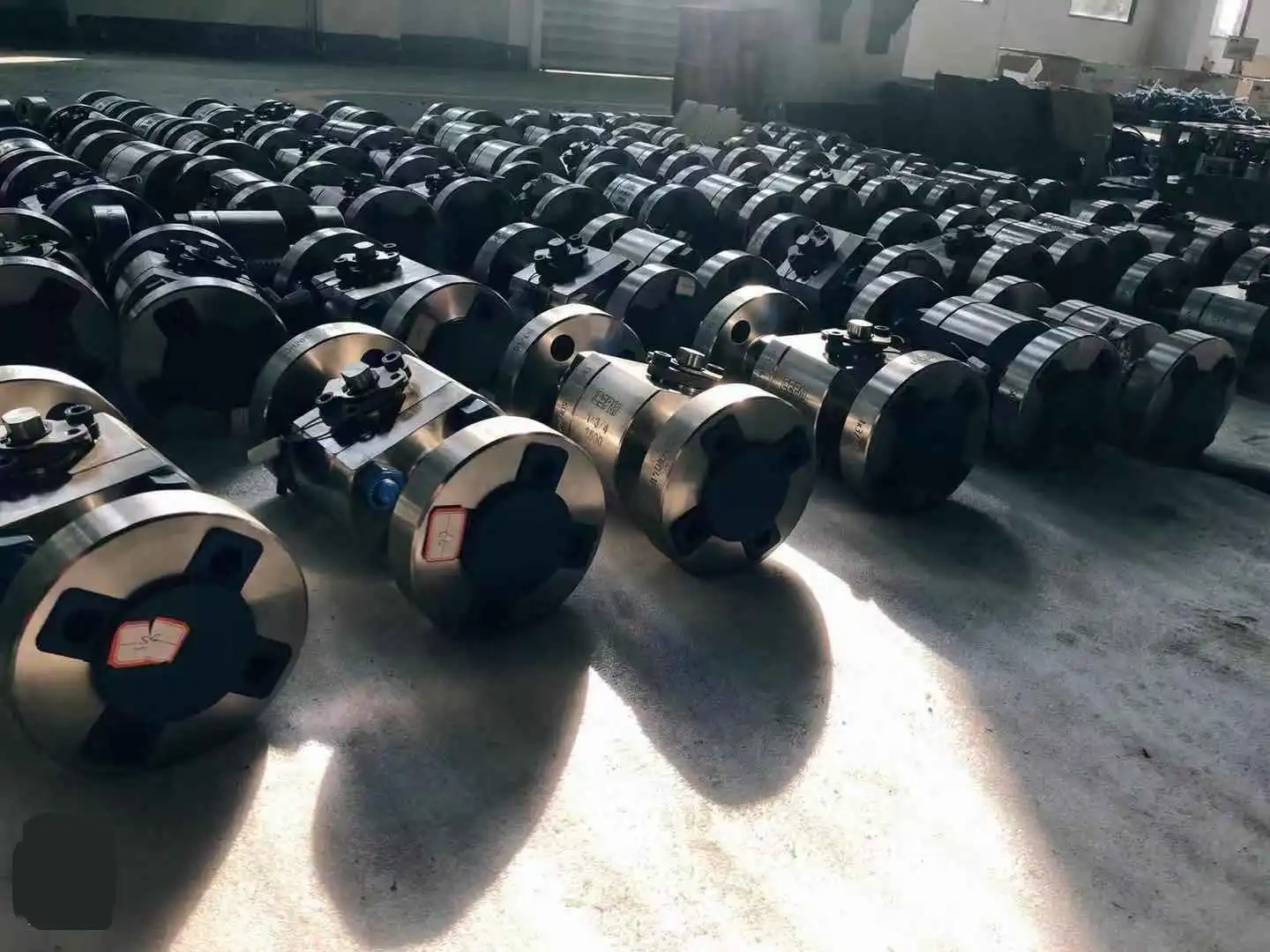
Long-Term Economic Trends and Market Maturity
The maturity of the stainless steel ball valve market in various regions will influence pricing trends in 2025. In developed markets, where infrastructure is well-established, demand may focus more on replacement and upgrade projects. This could lead to more stable pricing, with emphasis on value-added features and services. In contrast, emerging markets with ongoing industrialization may see higher demand growth, potentially driving up prices due to increased competition for available supply.
Long-term economic trends, such as the shift towards renewable energy sources and the evolution of manufacturing processes, will also shape the demand for stainless steel ball valves. Industries adapting to these changes may require new types of valves or modifications to existing designs, which could influence pricing structures. Manufacturers who anticipate and adapt to these long-term trends will be better positioned to maintain competitive pricing while meeting evolving market needs.
Conclusion
In 2025, the pricing landscape for stainless steel ball valves is being shaped by a complex interplay of factors. From technological advancements and sustainability concerns to global economic shifts and changing industry demands, manufacturers and buyers must stay informed and adaptable. While moderate price increases are occurring, the exact trajectory depends on how successfully companies navigate these challenges and opportunities. By focusing on innovation, efficiency, and value-added offerings, industry players can position themselves to thrive in this evolving market landscape.
FAQs
1. What factors will most significantly impact stainless steel ball valve prices in 2025?
Key factors include raw material costs, technological advancements, global demand fluctuations, and sustainability requirements.
2. Will customized stainless steel ball valves be more expensive?
Generally, yes. Customization often involves additional design and production costs, resulting in higher prices.
3. How will emerging technologies affect valve pricing?
Technologies like AI and nanotechnology may initially increase costs but could lead to more efficient production and premium pricing opportunities in the long run.
Expert Stainless Steel Ball Valve Solutions | CEPAI
At CEPAI, we specialize in high-quality stainless steel ball valves designed to meet the evolving needs of industries worldwide. Our commitment to innovation, quality, and customer satisfaction positions us as a leading manufacturer in the field. With our state-of-the-art facilities and rigorous quality control processes, we ensure that each valve meets the highest industry standards. Whether you're looking for standard or custom solutions, our team of experts is ready to assist you. For more information on our products and how we can meet your specific valve requirements, please contact us at cepai@cepai.com.

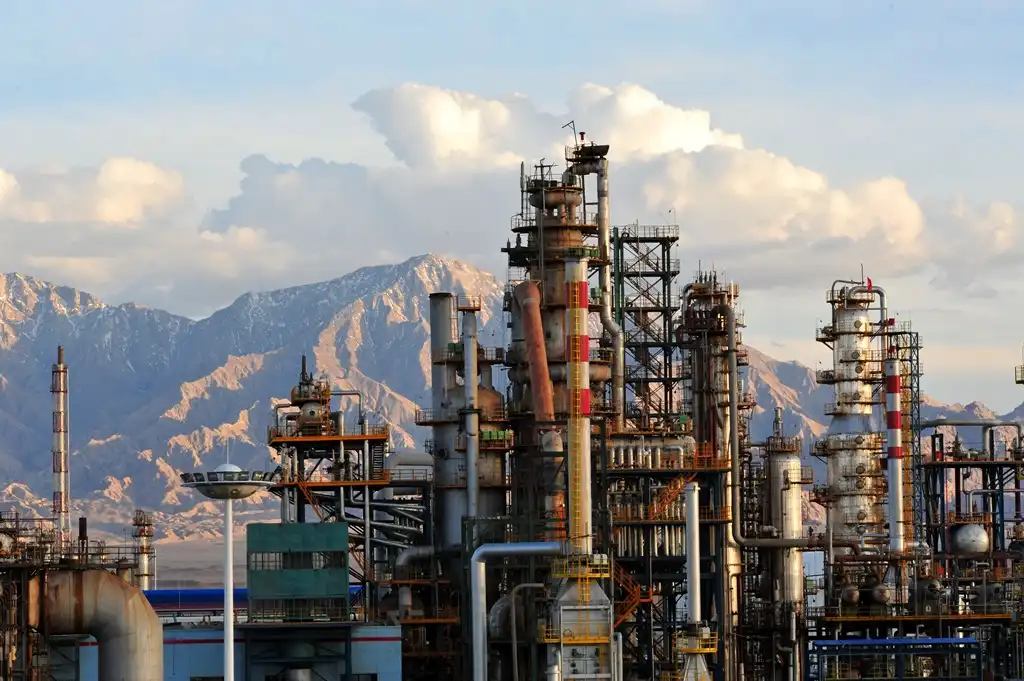
_1746598538016.webp)
